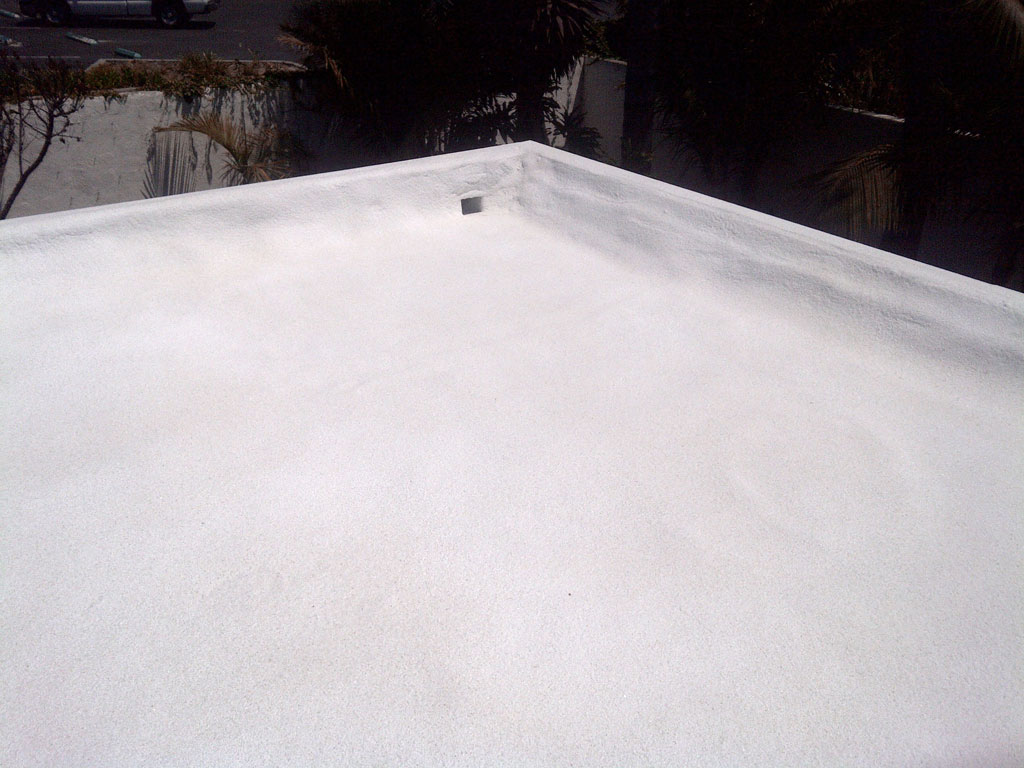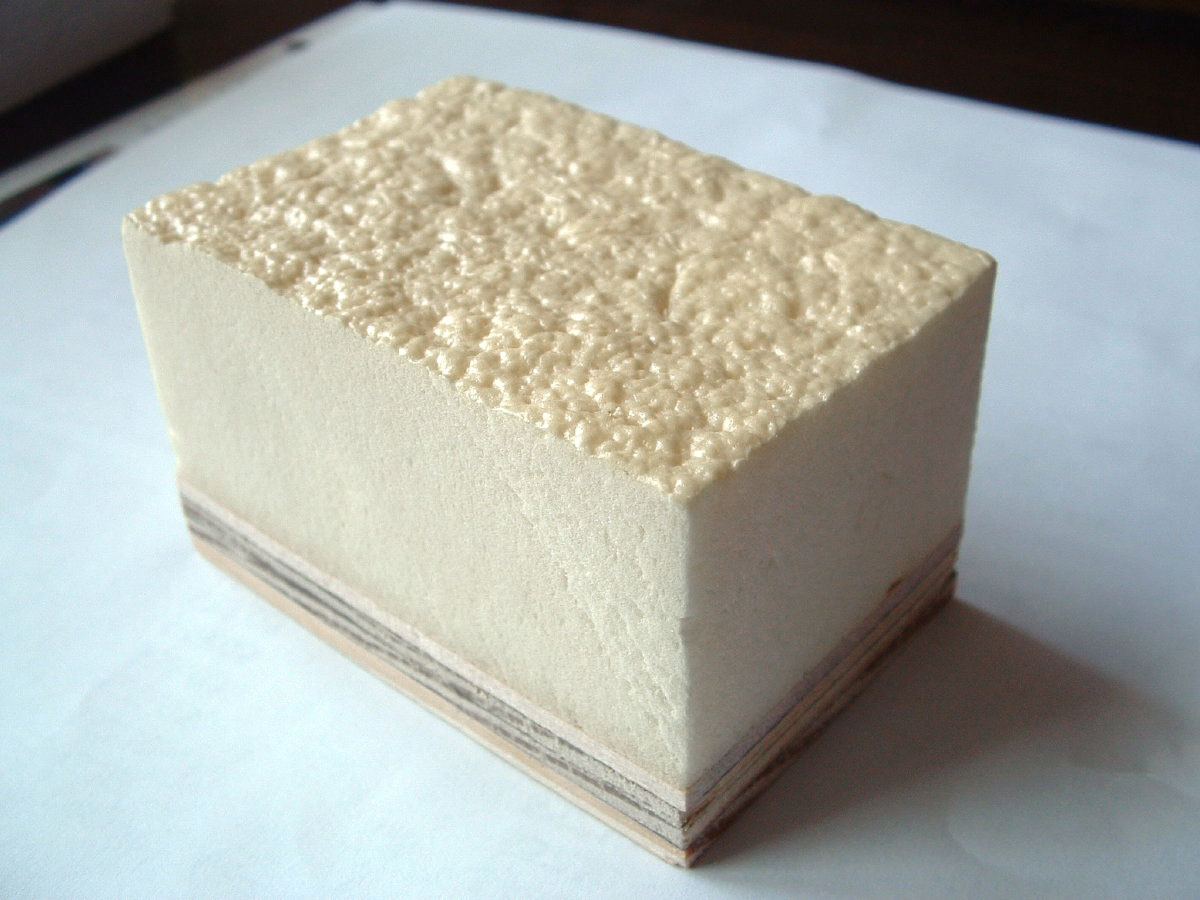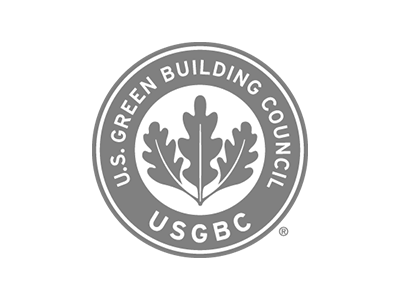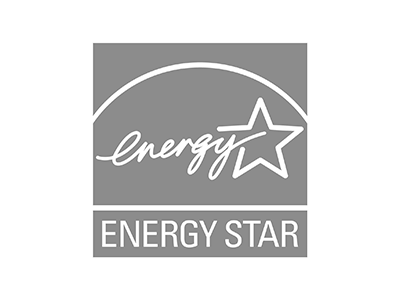Rely on the Building Performance Solutions Building Science Experts
Installing Sprayed Polyurethane Foam (SPF) roofing system on a new building, or retrofitting your older roof with an SPF roof can save you money in a lot of different ways.LET. US. HELP.
Detroit Spray Foam Roofing Facts
Installing Sprayed Polyurethane Foam (SPF) roofing system on a new building, or retrofitting your older roof with an SPF roof can save you money in a lot of different ways. Most of the causes of additional roofing expenses don't exist when you have a foam roof system.
Foam Roofs have no seams to split or pull apart and allow water to enter. Foam is ideal for saw tooth or other irregular roof shapes that are difficult or impractical for old fashioned low-tech roofing materials.
Sprayed Polyurethane Foam is also the best insulator on the market. Very little maintenance or repair is ever needed, and with proper care, it is the last roof you will ever need to buy.
Foam Roof Density and R-Value

Spray Foam RoofBecause it is sprayed onto the roof as a liquid, it forms a single continuous structure that is seamless and very stable. SPF requires a clean surface for proper application. It must be dry, free of contaminants like oil, and properly fastened to the substrate in accordance with the proper building codes.
Density of SPF is important when it comes to strength and Thermal Resistance. Obviously, higher density means increased strength and higher R-value. Most SPF roofs have densities ranging from about 2.5 pounds per cubic foot to 3 pounds per cubic foot.
Three pound density foam has a compressive strength of about 50 psi and an R-value of 7.14 installed and 6.86 aged (these numbers may vary slightly depending on the foam manufacturer.
Here's an example of how well a good SPF roof insulates. A school district in southern Texas had recently installed some new, one-room relocatable classroom buildings.
During the late spring and early fall, these classrooms were using their air conditioners an average of 50 minutes every hour. The school district installed foam roofs on some of these classrooms in order to see if it would provide an energy savings. The roofs consisted of three pound density foam, 1.5 inches thick with an acrylic coating system.
The air conditioner usage was cut down to fifteen minutes every hour. That's a fifty-eight percent savings on energy costs.
SPF's Waterproofing Ability

SFP's Waterproofing AbilityWater ponding is quite often a problem with conventional roofing systems. When applying the polyurethane foam in reroofing situations, it is very easy to build up areas of greater thickness while spraying so that water will drain properly.
Sprayed Polyurethane Foam is perfect for many different waterproofing applications. Because it is composed of billions of closed cells, the foam acts as an air barrier, preventing moisture infiltration into the building.
This ability minimizes dew point problems, which unchecked lead to water condensation inside of the structure. Moisture infiltration into the building envelope is the number one cause of building deterioration.
Even when the top coat of a foam roofing system is damaged, the underlying foam will keep the roof from leaking. The Superdome in New Orleans was damaged once in a severe hail storm. Thousands of hairline cracks appeared in the top coat, but no leaks ever occurred, even though it wasn't repaired for over a decade!
If a penetration does occur all the way from the foam layers, the water infiltration will be isolated only to the area where the membrane has been penetrated. Small penetrations in foam roofing systems can be repaired easily with an elastomeric caulk, reinstating the integrity of the system.
Water ponding is quite often a problem with conventional roofing systems. When applying the polyurethane foam in reroofing situations, it is very easy to build up areas of greater thickness while spraying so that water will drain properly. This also eliminates the problem of the additional weight load associated with water accumulation.
What is SPF? (Sprayed Polyurethane Foam)

Cutout of Foam on Plywood Roof
Sprayed Polyurethane Foam is a combination of isocyanate and polyol. These two components are fed through a proportioner which heats then pumps the two separate components to the spray gun, where they are mixed and sprayed onto the substrate.
Because it is sprayed onto the roof as a liquid, it forms a single continuous structure that is seamless and very stable. SPF requires a clean surface for proper application. It must be dry, free of contaminants like oil, and properly fastened to the substrate in accordance with the proper building codes.
A protective elastomeric top coat (Acrylics, Silicones or Polyureas) is required which is typically sprayed on as well, but it is also possible with some to be applied with hand or power rollers.
Foam roofing has many advantages over traditional roofing methods, and as you read through this web site you will learn a lot more about them.
Here are some brief examples:
- Seamless: Polyurethane foam is applied as a liquid, creating a single monolithic membrane that covers the entire roof. There are no seams or joints, the source of the majority of leaks in traditional roofs.
- Flexible: The foam can be sprayed onto virtually any surface, irregularly shaped roofs and protrusions are readily taken care of.
- Lightweight: Foam roofing typically weighs around 50 lbs. per square, versus 800 lbs. for a built-up roof and 100 lbs. for ballasted single-ply roofs.
- Thermal Insulation: SPF has the best insulating properties available for commercial construction today.
- Sustainability: Foamed roofs require a minimum of upkeep, creating little waste and have an indefinite lifespan.
Learn about the Spray Foam Roofing Process on the next page
There is also a great video of roofs getting Spray Foam Coatings applied Read MoreWhy Choose Us?

- Constant Owner interaction means no project manager or multiple people trying to make decisions.
- The highest quality products and with many small details that often go unnoticed by other contractors, let's take your insulation project to the next level.
- Quality Control. The owner is hands on throughout the project, if any problems or issues arise they can be dealt with immediately.
- Nonstop communication - The key to the success of your project is good communication. And, a big part of communication is listening. From the beginning of a project to its end, our company places a high priority on listening - to you, your needs and wishes.
- Solid Science - Our Building Science experts understand the principles of heat, air and moisture flow, and how the building envelope interacts with a building's mechanical systems as well as its occupants.

We are proud to announce that we have been accepted into Pearl's prestigious Contractor Advantage Network. Working with an elite network of highly-skilled contractors, agents, and brokers as well as savvy homeowners who prioritize health, energy efficiency, and low home operating costs, Pearl-certified homes can add 5% or more to a home's sale price when marketed properly. And now, so will ours.







